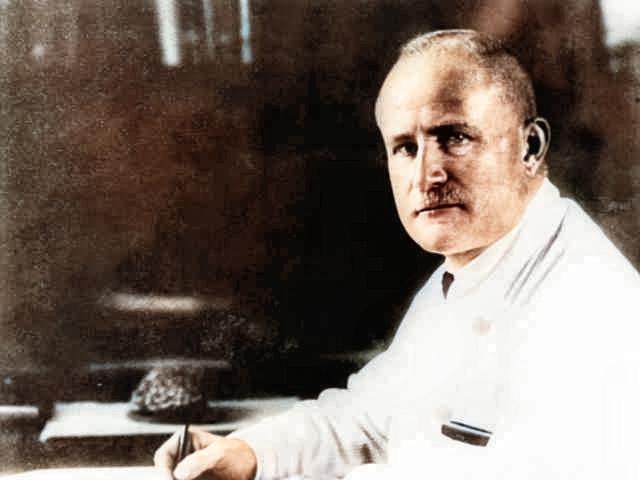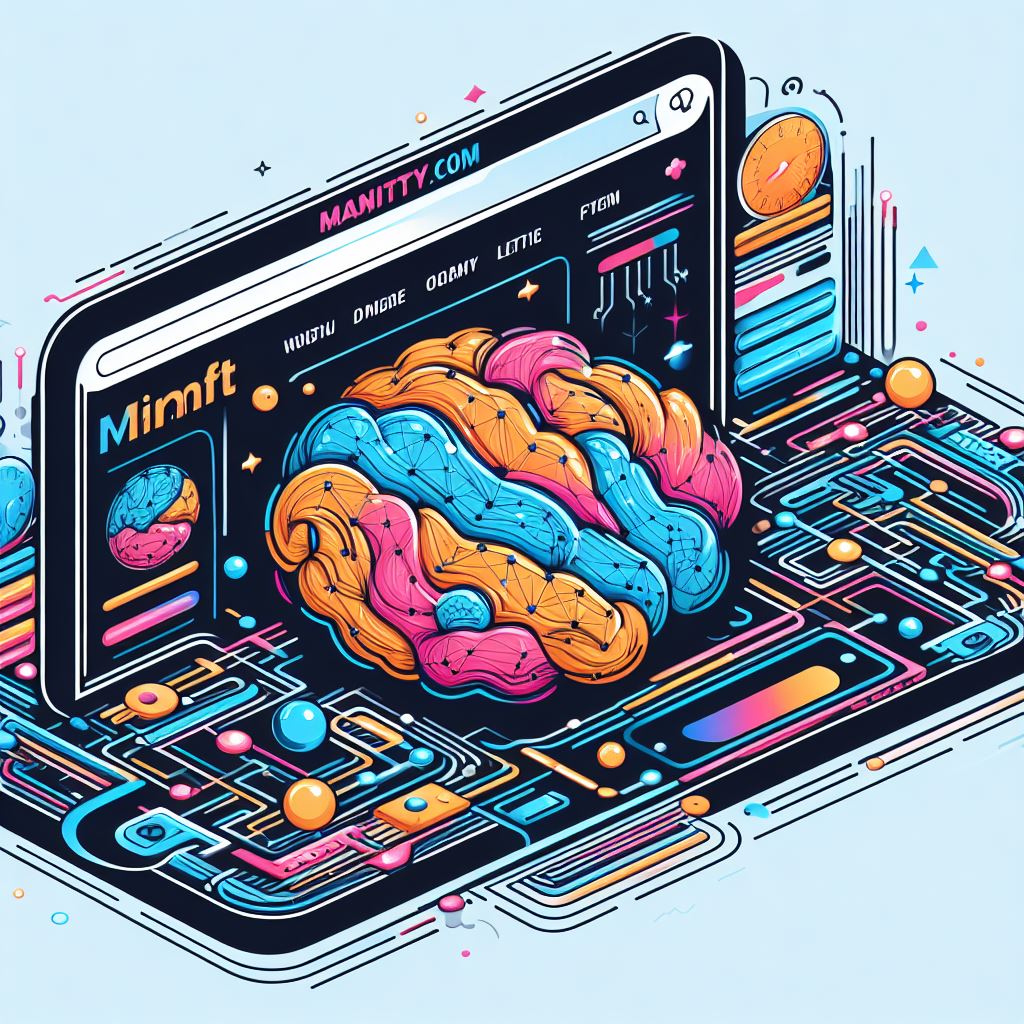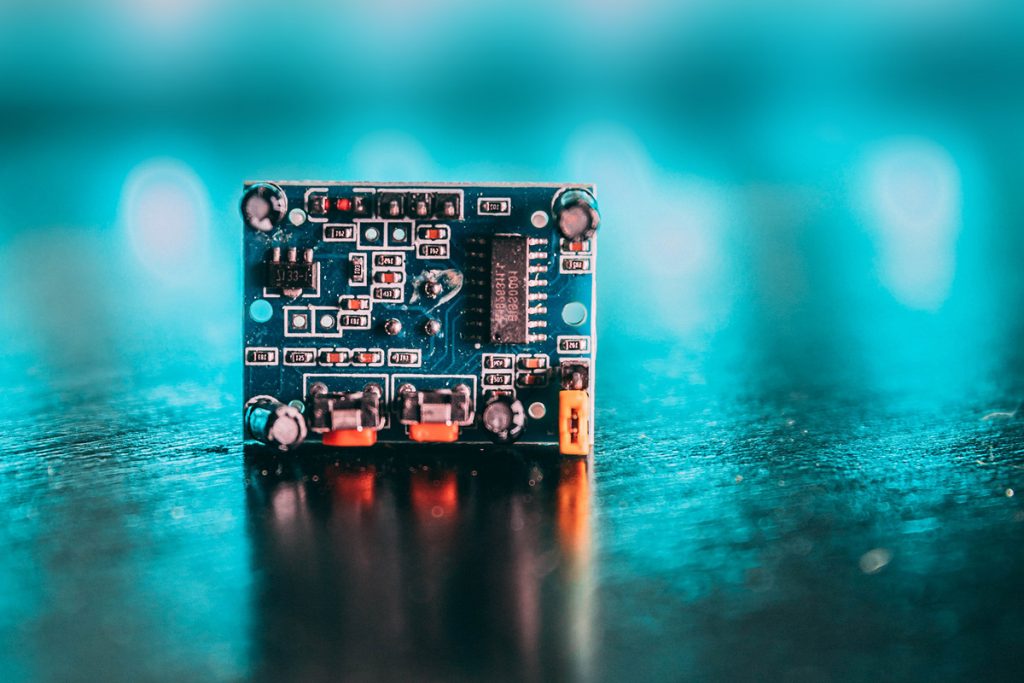
Unraveling Brain Activity
Electroencephalography (EEG) is a remarkable non-invasive technique that unveils the electrical symphony of the brain. With a rich history spanning over a century, its evolution from inception to modern-day applications is truly captivating.
Richard Caton’s Pioneering Contribution
Our journey commences in 1875 with the work of Richard Caton, a British physician and physiologist. In just nine concise sentences, he unveiled the first-ever account of the brain’s oscillatory activity. His experiments involved curious creatures like rabbits, cats, and monkeys. Little did he know that he was laying the foundation for groundbreaking discoveries in neuroscience.
Hans Berger’s Visionary Breakthrough
Fast forward to 1924, where we meet Hans Berger, a German psychiatrist. He’s the mind behind the discovery of alpha waves in the human brain. What made this revelation extraordinary was that Berger showcased how brain electricity could be observed without invasive procedures. It was a giant leap in neuroscience.
Hans Berger’s 1929 Milestone: The First Photographic EEG Recording in Humans
In 1929, Hans Berger achieved another milestone by publishing the first-ever photographic EEG recording in a human subject. This pioneering image revealed a sinusoidal 10-Hz rhythm, which Berger aptly named the “alpha rhythm.” This momentous achievement unlocked new dimensions in our understanding of brain activity.
Phynitty: A Modern Marvel of EEG
Today, EEG has transcended its origins. It’s not just about diagnosing neurological disorders anymore. It’s a versatile tool with a myriad of applications. One such modern marvel is Phynitty, a bio-logging and telemetry solution. This innovation allows for continuous, multimodal data collection in real-time over extended periods. With Phynitty, researchers can personalize their device, monitor various physiological parameters, and seamlessly switch between bio-logging and telemetry modes. It’s a breakthrough in data collection.
Modern Marvels of EEG
Today, EEG has transcended its origins. It’s not just about diagnosing neurological disorders anymore. It’s a versatile tool with a myriad of applications. But one of the most thrilling uses of EEG lies in the realm of Brain-Computer Interfaces (BCIs). BCIs are like magic bridges that link our thoughts to machines. EEG-based BCIs, in particular, have enabled people to control everything from robotic arms to drones with nothing but the power of their minds.
EEG’s Astonishing Odyssey
From Caton’s humble experiments in 1875 to the present day, EEG has evolved into an indispensable tool for unraveling the mysteries of the brain. It’s not only a window into understanding brain function and diagnosing disorders but also a gateway to enhancing human potential through the wonders of brain-computer interfaces. EEG, in its journey through time, has truly expanded our horizons and brought science fiction closer to reality.
Reference
- Finding synchrony in the desynchronized EEG: the history and interpretation of gamma rhythms
Omar J. AhmedSydney, S. Cash/1 January 2013/Frontiers Media SA/DOI: 10.3389/FNINT.2013.00058 - Richard Caton (1971) IV.—Interim Report on Investigation of the Electric Currents of the Brain., American Journal of EEG Technology, 11:1, 23-24


